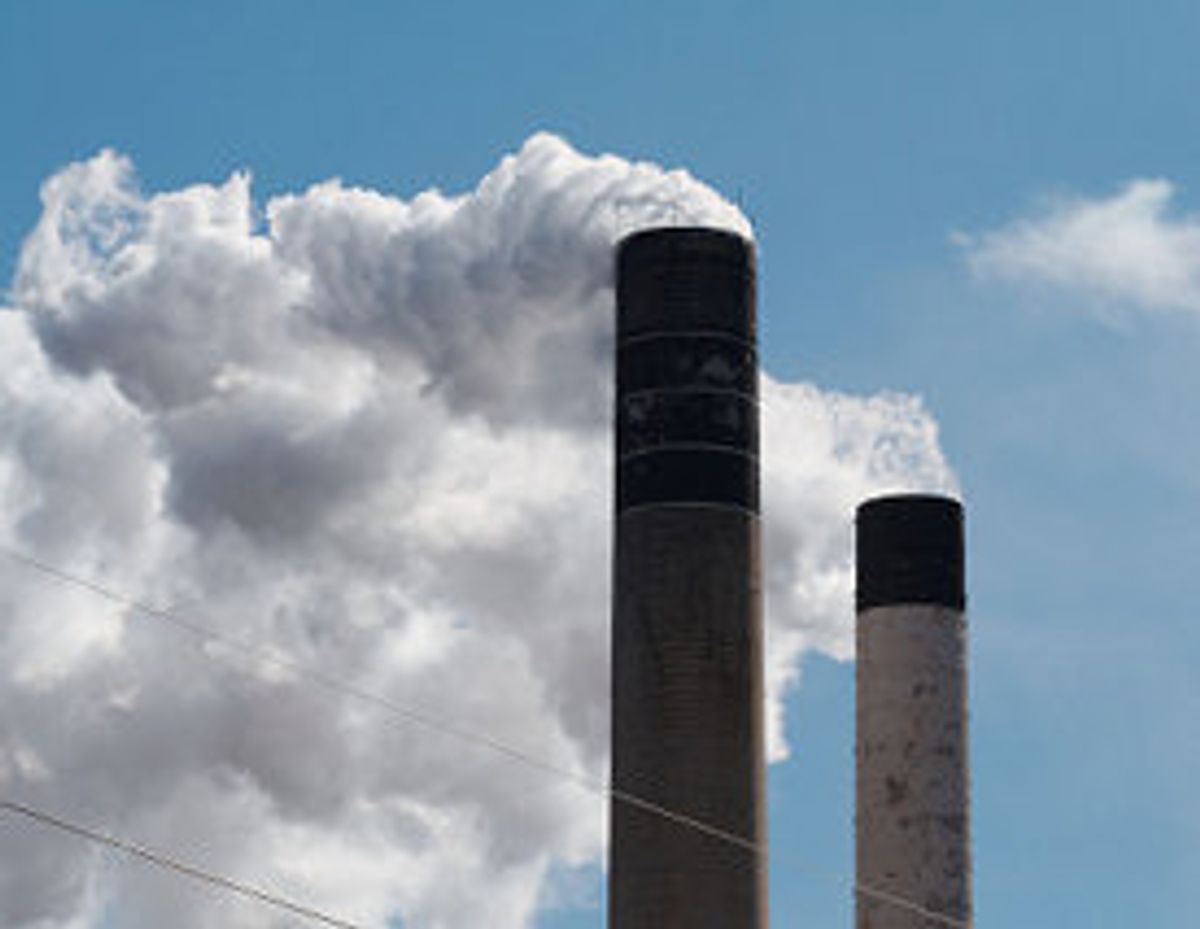The original idea of an ultramodern coal-fired electricity generating station with full carbon capture and sequestration technology was born in 2003 as part of President Bush's energy policy effort. Since then, projected cost overruns and controversies over siting of the project have plagued FutureGen, and environmentalists have decried it as a poor use of funds when investment in renewable energy could be quicker and more likely to produce results. The DOE pulled its funding in 2008, then joined back up with the FutureGen Alliance the next year, and has now clearly decided to push forward with a gigantic new infusion of funds.
This new version, though, is a far cry from the idea of a brand new near zero-emissions coal plant. Instead, an existing plant, Ameren's Unit 4 in Meredosia, Illinois, will be retrofitted with oxycombustion technology aimed at reducing emissions and allowing for capture of CO2. According to the DOE:
Oxy-combustion burns coal with a mixture of oxygen and CO2 instead of air to produce a concentrated CO2 stream for safe, permanent, storage. In addition, oxy-combustion technology creates a near-zero emissions plant by eliminating almost all of the mercury, SOx, NOx, and particulate pollutants from plant emissions. The Department of Energy’s National Energy Technology Laboratory studies have identified oxy-combustion as potentially the least cost approach to clean-up existing coal-fired facilities and capture CO2 for geologic storage.
Of course, if this is the "least cost approach," many might remain skeptical as to the practical potential of such schemes that allow the continued burning of our dirtiest fuel source. Spending $1 billion to retrofit a 200-megawatt plant won't exactly scale up to the size our coal-dependent country needs without some serious cost-saving advances in the near future. The FutureGen project, even its 2.0 form, does still claim to act mainly as a prototype for future projects, but more than seven years after the original idea came to light there has been shockingly little progress toward creating zero-emission coal plants. Maybe these billions would do better elsewhere?
(Image via Dori/Wikimedia Commons)
Dave Levitan is the science writer for FactCheck.org, where he investigates the false and misleading claims about science that U.S. politicians occasionally make.




